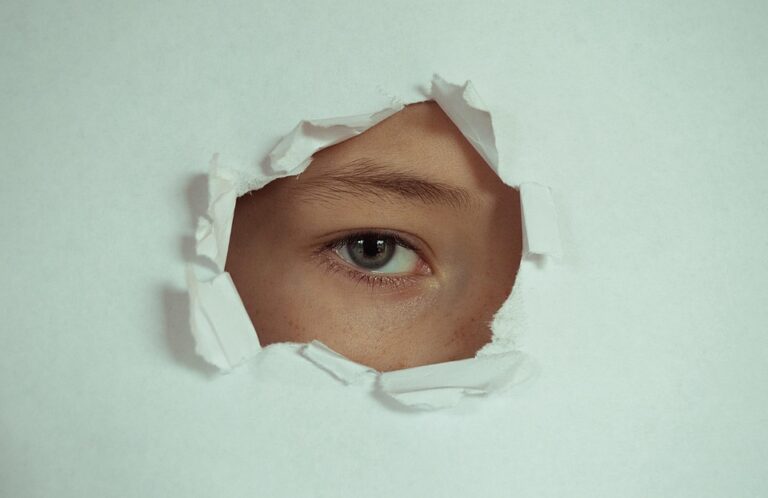The Intersection of Art and Science: Famous Breakthroughs that Blurred the Lines
In recent years, the realms of art and science have seen dynamic developments, merging creativity with empirical inquiry. This synthesis, marked by various famous breakthroughs, is reshaping how we understand and interact with our world. With the rise of innovative technologies and interdisciplinary collaboration, the boundaries separating these two fields are increasingly obscured.
Understanding the Intersection of Art and Science
Traditionally perceived as distinct domains, art and science have always shared an intrinsic connection. Both fields require observation, exploration, and a relentless pursuit of knowledge. However, the 21st century has witnessed a significant transformation characterized by the following:
- Increased Collaboration: Artists and scientists are increasingly collaborating on projects that blend their unique skills and perspectives.
- Technological Advancements: Technologies such as artificial intelligence, data visualization, and biomolecular engineering have paved the way for new forms of artistic expression.
As a result, we’re witnessing famous breakthroughs that are not only changing our understanding of both fields but also how they coexist.
Notable Breakthroughs: Art Merging with Science
1. Bioprinting and Sculpture
One of the most striking examples of this convergence is the use of bioprinting technology in sculpture. Artists are utilizing 3D bioprinting techniques to create living works of art, such as the groundbreaking project by Heather Dewey-Hagborg, who extracted DNA from chewed gum and hair strands to create sculptures based on the predicted appearances of their donors. This endeavor not only raises ethical questions surrounding genetic privacy but also showcases a fascinating case where biological science fuels artistic innovation.
2. Data as Art
Data visualization is another realm where art and science intersect profoundly. Artists like Jer Thorp utilize complex datasets to create stunning visual representations that tell compelling stories about the information contained within them. For instance, a recent project that visualized global migration patterns employed statistical data to transform numbers into relatable narratives. According to reports, visualized data can increase comprehension by up to 600%, highlighting the importance of innovative storytelling in scientific data presentation.
The Role of Technology in Blurring Boundaries
3. Artificial Intelligence in Creative Processes
Artificial intelligence (AI) is one breakthrough technology that has fundamentally reshaped creative practices in both art and science. Programs like OpenAI’s DALL-E and MuseNet utilize neural networks to generate artwork and music. These tools generate content based on an analysis of existing pieces, effectively creating a new form of collaborative art where the lines between human and machine creativity are blurred. According to recent studies, over 61% of creative professionals now consider AI a critical tool in their workflow, signaling a trend where technology enhances artistic expression.
4. Augmented Reality: A New Canvas
Augmented reality (AR) offers a platform where artistic endeavors can exist within real-world environments. Artists can overlay interactive digital media onto physical locations, creating immersive experiences that transform public art spaces. One striking example is the AR art project by KBS titled "Feminist Icons,” which places animated sculptures of historic feminist figures seamlessly into urban landscapes. This project encourages viewers to engage with historical context while experiencing cutting-edge technology.
Ethical Considerations in the Fusion of Art and Science
While the blending of art and science brings notable advancements and cultural enrichment, it also raises ethical dilemmas. Projects like Dewey-Hagborg’s involve issues surrounding identity, representation, and genetic ethics. Additionally, the use of AI-generated art leads to discussions about authorship and originality. Navigating these concerns is vital for the responsible evolution of this intermingling of fields, ensuring that famous breakthroughs are not only innovative but also ethically sound.
Conclusion: Charting the Future of Art and Science
The intersection of art and science is an ever-evolving landscape marked by famous breakthroughs that challenge our conventional perceptions of both fields. As these disciplines continue to collaborate, we can anticipate future innovations that will profoundly impact culture and technological advancements alike.
For those interested in explored intersections within the community, be sure to check out our articles on The Rise of Digital Art and Technological Innovations in Modern Sculpting. Additionally, for a deeper dive into the ethical dimensions of art and science, consider this resource by the National Endowment for the Arts.
Suggested Multimedia:
-
Image 1: 3D Bioprinting a Living Sculpture
Alt Text: Famous breakthroughs in bioprinting sculpture demonstrate the intersection of art and science.
- Image 2: Visualized Migration Data
Alt Text: Artistic representation of migration data showcases how data can transform storytelling.
As we move forward, the fusion of creativity and analysis will continue to produce insights that challenge our thinking and enrich our experiences.


